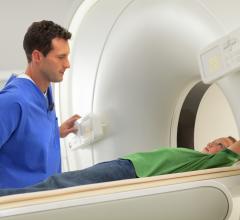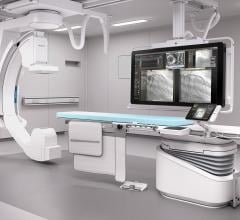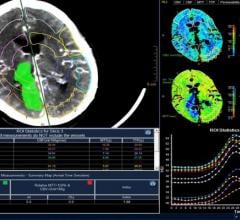If you enjoy this content, please share it with a colleague
Philips
RELATED CONTENT
The implementation of electronic health records (EHR) has created an expectation that all patient data, including images, should be available in one location. Today, reports describing images are not enough, as many referring physicians want to see the images, and many use them to help guide therapies. This has caused an increased demand to exchange medical images in the various departments of healthcare settings.
The continuum of personalized care, covering individualized prevention and therapy, translates into multiple changes to patient data sources. One of the primary sources is medical imaging that evolves into various multimodalities, allowing simultaneous acquisition of clinical images. Positron emission tomography/computed tomography (PET/CT) systems have been around for more than a decade, and now PET/magnetic resonance imaging (MRI) scanners are working to reach the market.
The U.S. Food and Drug Administration (FDA) defines radiographic/fluoroscopy (R/F) as a type of medical imaging that shows a continuous X-ray image on a monitor, much like an X-ray movie. During a fluoroscopy procedure, an X-ray beam is passed through the body. The image is transmitted to a monitor so the movement of a body part or of an instrument or contrast agent through the body can be seen in detail.
Philips announced that it will feature the company’s latest magnetic resonance (MR) solutions and neurology-focused clinical applications at the International Society for Magnetic Resonance in Medicine’s (ISMRM) 25th annual meeting and exhibition, April 22-27 in Hawaii. As part of its newest suite of MR-based software applications dedicated to neurology, Philips will be showcasing MultiBand SENSE, which was developed in collaboration with several partners, including the Larner College of Medicine at the University of Vermont.
April 6, 2017 — Philips announced a multi-year strategic alliance with B. Braun Melsungen AG, which specializes in ...
Philips and Phoenix Children’s Hospital (Arizona) announced a long-term strategic partnership with a total value of up to $65 million, providing the hospital access to Philips’ advanced medical technologies. Phoenix Children’s is the first stand-alone children’s health system to sign a long-term strategic partnership model with Philips.
At the 2017 European Congress of Radiology (ECR), Philips unveiled its newest computed tomography (CT) solution, the Access CT. Access CT is specifically designed for healthcare organizations seeking to establish or enhance CT imaging capabilities at an accessible cost for a high return in value. The system provides consistent image quality across a diverse patient population and a wide range of exam types, enabling healthcare organizations to expand care capabilities to treat more patients.
Philips recently announced the global launch of Azurion, its next-generation image-guided therapy platform.
In the days before picture archiving and communication systems (PACS), collaboration between various hospital departments was extremely difficult, as clinicians could only consult with each other in person. Today, enterprise imaging allows providers to interact from wherever they are with all of the relevant clinical data stored in one place.
Featuring new and enhanced connected health offerings at the 2017 Healthcare Information and Management Systems Society (HIMSS) conference and exhibition (HIMSS17), Philips showcased a broad range of population health management, acute healthcare informatics and personal health solutions, fully integrated in a highly secure, cloud-based ecosystem.


 May 05, 2017
May 05, 2017 








